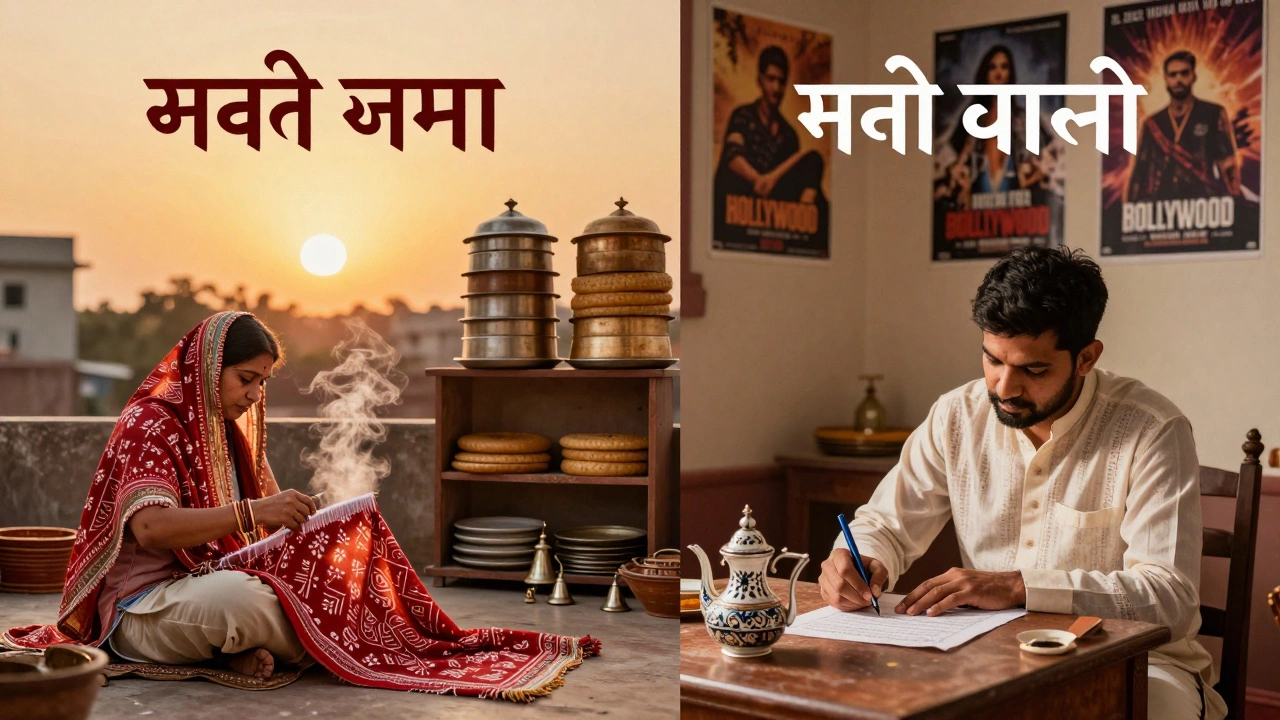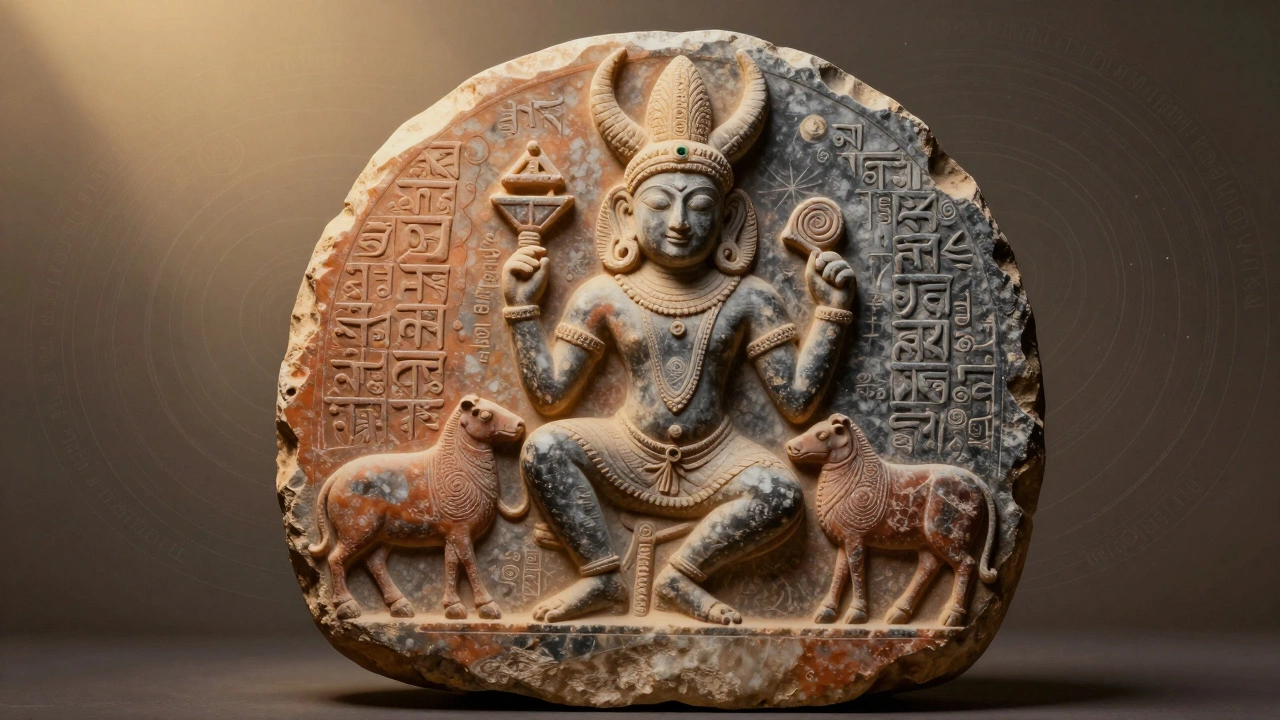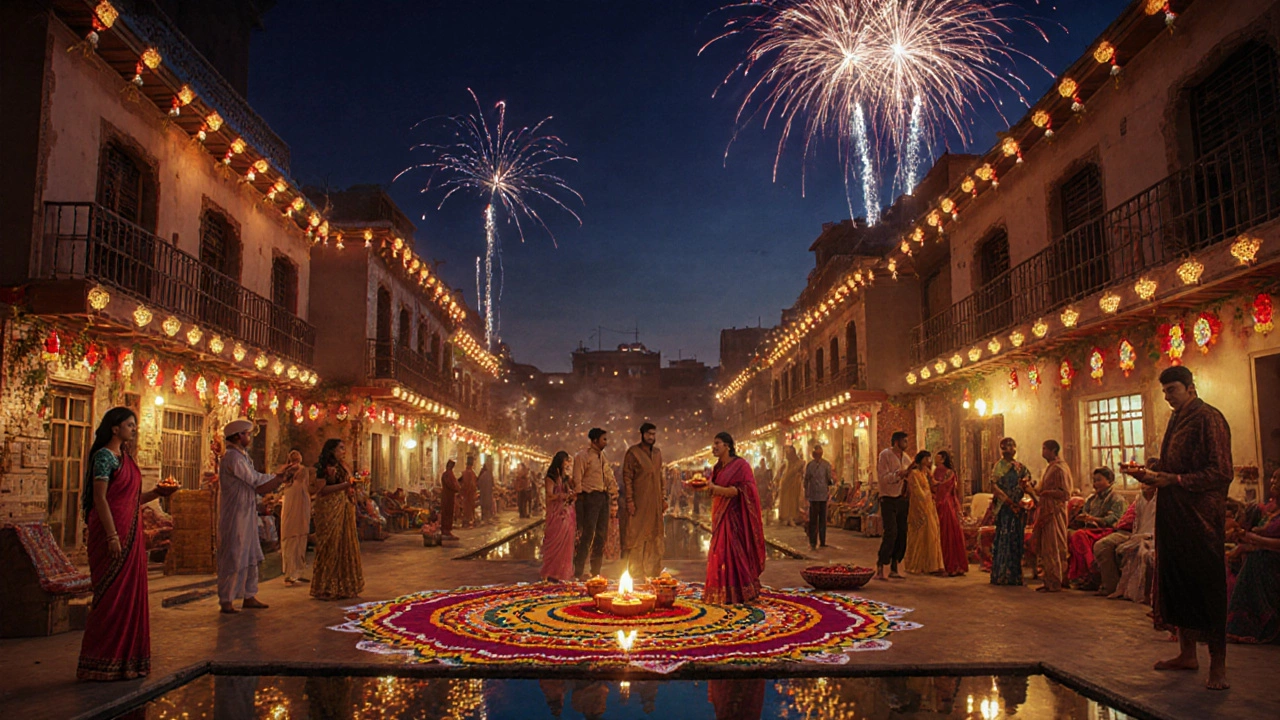Tamil Culture: Traditions, Folklore, and Daily Life in Tamil Nadu
When you think of Tamil culture, the rich, ancient traditions of the Tamil-speaking people in southern India, rooted in over 2,000 years of language, art, and spirituality. Also known as Tamil heritage, it shapes how millions live, celebrate, and connect—from morning temple rituals to evening folk songs. This isn’t just history—it’s alive in the rhythm of Carnatic music, a devotional classical system from South India with intricate ragas and percussion, in the colorful masks of Tamil folklore, the myths, dances, and oral stories passed down in villages across Tamil Nadu, and in the oil lamps lit during Tamil festivals, like Karthigai Deepam, where communities come together in quiet, glowing celebration.
Unlike broad Indian celebrations, Tamil traditions often blend daily devotion with art. You’ll find dancers balancing pots on their heads in Karakattam, hear the drumbeats of Theru Koothu in street theaters, and taste sweets made just for temple offerings. These aren’t performances for tourists—they’re living practices, unchanged for generations. What makes Tamil culture unique isn’t just its age, but how deeply it’s woven into ordinary life: in how people speak, eat, pray, and dance.
Below, you’ll find real stories from people who live this culture—whether it’s why Tamils celebrate Diwali differently, how folk singers keep ancient rhythms alive, or what’s hidden in the blue skin of their gods. No fluff. Just the truth, told straight from the heart of Tamil Nadu.









